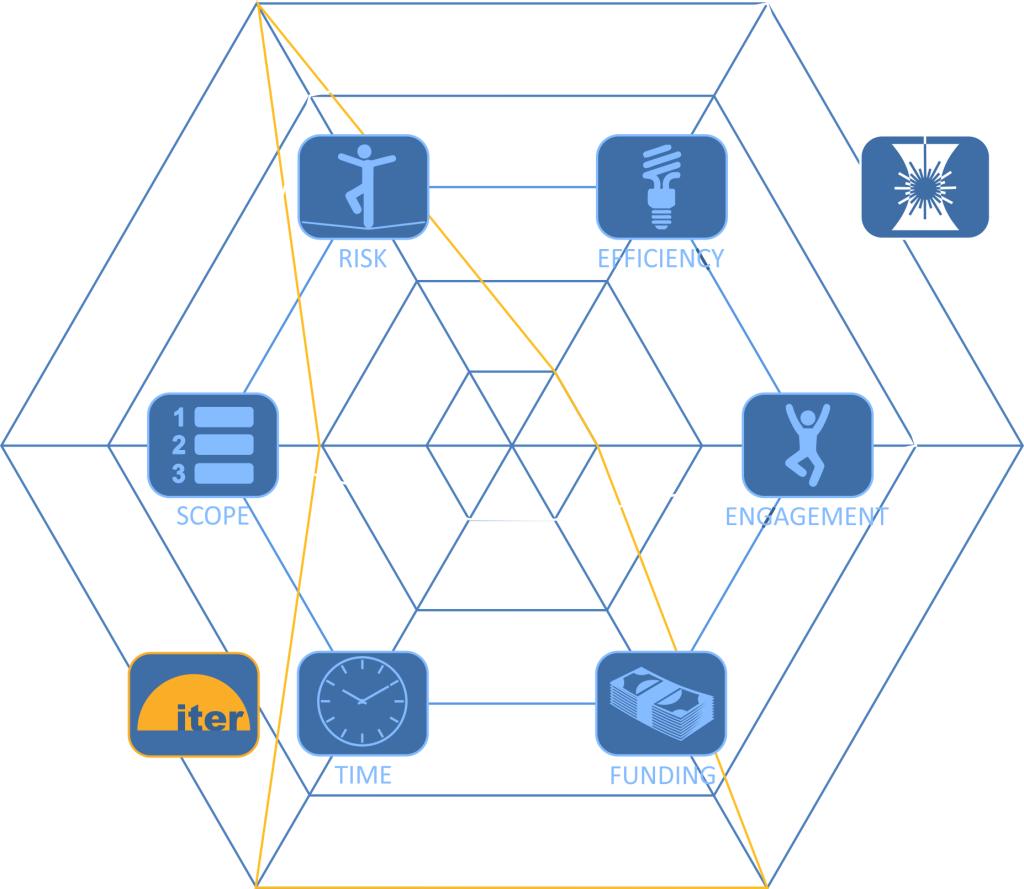
Project Elpis
A moral ambition fusion energy startup with a short and moderate cost path to proof-of-concept, a new physics domain, a compact and modular design based on mature technologies, and strong scalability when deployed as a source of electricity or industrial heat.
Elpis is the spirit of hope in Greek mythology.
Inspired by Focused Research Organizations
A novel structure for research teams proposed in 2020, designed to make efficient progress on scientific problems.
Not-for-profit, open science, lean, and scalable, it strives to combine the best of the startup, public institution, and corporate mindsets.
More information here and here. This piece is nice. Similar, and one more, this too.
figure: Convergent Research

Extended Benefits to Society

With the startup focusing on clean energy, for-profit spin-off companies based around the enabling technologies will be actively developed, to generate revenue and equity throughout the project. The first is close to launching.
More generally, working on wicked problems like fusion often leads to unexpected added value.
Schedule

Once the laboratory is established, 5 years for a net energy gain proof-of-concept. Validation of the demonstrator will utilize a combination of engineering development and supercomputer extrapolation.
The short timeline is realistic because the fusion scheme combines two devices with high Technology Readiness Levels (TRLs), and both are available for purchase.
If the proof-of-concept is successful, 5 years is allocated for commercialization, to be accelerated by digital twinning, generative AI, and advanced manufacturing.
At the end of the project, the technology is transferred to corporate partners specializing in energy systems.
More detailed information is at the bottom of Concept.
Resource Targets
Rapid development time and modest investment requirements combine with high efficiency from the FRO-style startup.
The target profile is contrasted with the ITER flagship fusion project, which is significantly under-resourced, resulting in continual cost and schedule overruns. ITER also operates within a cumbersome bureaupathological framework.
Successfully executing a baseline schedule always requires sufficient funding, but the small size of the Project Elpis device dramatically reduces the overall capital investment compared to many fusion concepts.

Global Ambition
At the inaugural meeting of the IAEA World Fusion Energy Group, there was broad interest in expanding fusion research to new countries. The question of implementation was raised.
Project Elpis uses technology that formed the basis of such an effort in the 1980s, and the startup could, as an open science entity, facilitate an updated version of this program and kickstart cost-effective fusion laboratories around the world.
